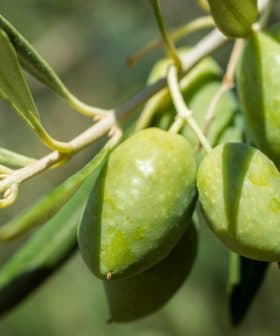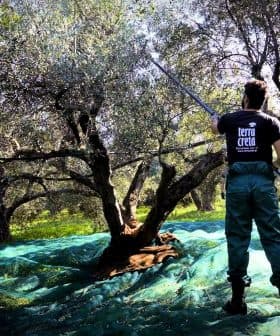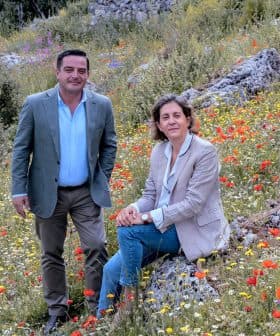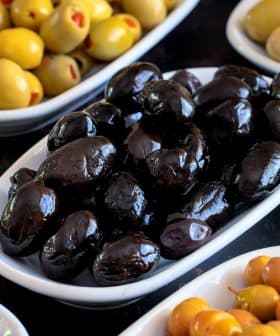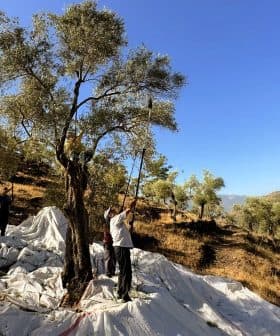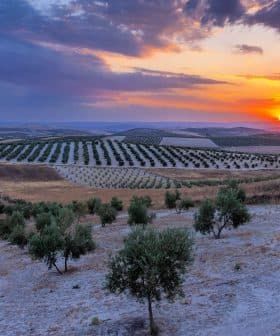Drought Likely to Continue in Parts of Spain
In spite of a wet March, Spain is expected to experience another hot and dry summer, which is increasingly becoming the new normal.
The north of Spain and Portugal are experiencing an unusually wet spring, while the threat of drought remains in Spanish olive country, with experts predicting below normal rainfall and hotter, drier conditions over the summer. Despite recent rainfall, the region is still recovering from several years of below normal precipitation, and experts warn of a changing climate pattern leading to more extreme weather events in the future.
While the north of Spain and Portugal are in for an unusually wet spring, the threat of drought remains in Spanish olive country.
“The warm and dry weather will come at a cost as the threat for drought conditions will grow in eastern Spain,” AccuWeather senior meteorologist Alan Reppert said.
Now we need to begin to fill our aquifers and swamps and allow crops to recover from the tremendous drought.
“Prolonged dry spells during spring may cause problems for agriculture due to a lack of soil moisture in areas that typically see very infrequent rainfall during the summer.”
Reppert said that southern Spain should expect substantial rain over the next several weeks, meaning it will take longer to dry out. He also expects several springtime storms to pass through western Spain. However, all this expected precipitation may not be enough to counteract another hot and dry summer.
“Summer is looking like it will be dry over the area, which is normal, but the dry weather will be even more amplified this year,” he said. “Normal rainfall in parts of eastern Spain are around an inch or lower, but even with normal rainfall being so low there will likely be below normal rainfall there.”
However, the heart of Spanish olive country currently is enjoying a rainy March. Jorge Olcina, the head of the University of Alicante’s climate institute, predicts that the region will have a wet March and receive more rainfall in May and June. However, he also predicts that April, July and August will be very hot and dry.
The Agricultural Association of Young Farmers (ASAJA) in Jaén said that farmers need to be diligent with all the recent rainfall and use the water to replenish their aquifers.
“The rains were widespread throughout the province and it is forecasted to continue,” an ASAJA Jaén spokesperson said. “Now we need to begin to fill our aquifers and swamps and allow crops to recover from the tremendous drought.”
In spite of the recent rain, experts do not think Spain is in the clear yet. Over the past three years, Spain has received considerably less rainfall than normal. Last year, the region received between 50 and 80 percent of its normal precipitation totals.
“For the past several years there has been below normal precipitation,” Reppert said. “Averages are based on 30-year totals, and the current ones are from 1980 to 2010, and when we get to the new averages of 1990 to 2020, that will likely drop averages even further for rainfall and see average temperatures climb too.”
Climatologists believe this is part of a changing pattern and that the Iberian Peninsula is shifting from a more temperate climate to a subtropical one.
“[The region] tends to have more subtropical characteristics with higher temperatures and rarer and more intense rains,” Olcina said. “So climate-related risks — heatwaves and rain and droughts and floods, will increase in the coming decades.”
Olcina said the whole of Spain, but the specifically the south, should expect hotter autumns and springs than normal. His climate models predict a consistent decrease in precipitation with the trend continuing well past 2050.
“This is the climate scenario to which agriculture must adapt in the coming decades,” he said. “More heat and more irregular rainfall, with less rain in spring, very dry summers and something more humid the autumns.”
Callum Henderson is the owner of Great Oil, which produces oil from locally sourced olives in Jaén. He is skeptical that this year will be worse than the previous one, in which there was virtually no rainfall from April to September with record-high temperatures.
Henderson said that the farmers with whom he works are enjoying the rain ahead of what he anticipates will be a dry, but not drier than usual, summer.
“The farmers are doing what they always do,” he said. “My best guess is average rainfall this spring, [but] that’s in Mother Nature’s hands.”


